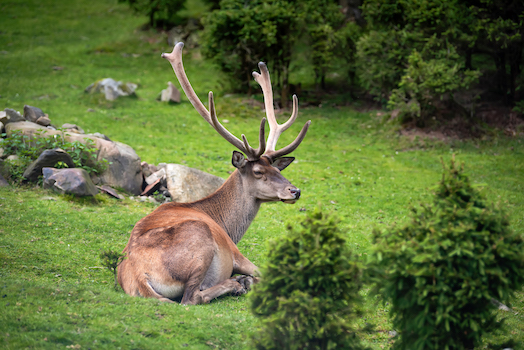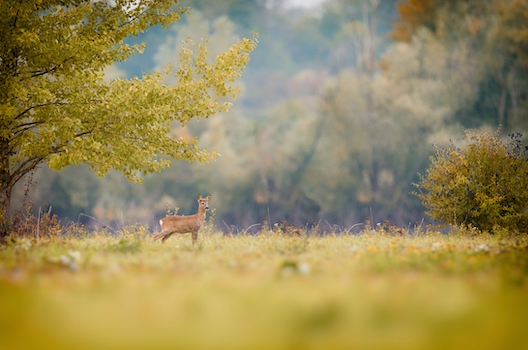Have you ever found yourself wondering about the difference between a stag and a buck? You’re not alone! Many people use these terms interchangeably, but there are some subtle differences worth knowing. Let’s dive into a friendly chat about what sets a stag apart from a buck.
Understanding the Basics of Buck and Stag
Both stag and buck refer to male deer, but their usage can vary based on context, region, and the maturity of the deer. Let’s break it down:
Buck:
- General Term: In North America, “buck” is the go-to term for a male deer, regardless of age.
- Antlers: Bucks grow and shed their antlers annually. The size and shape of a buck’s antlers can vary depending on the species and age.
- Usage: The term “buck” is widely used in hunting, wildlife biology, and everyday conversation. Interestingly, it can also refer to male goats, sheep, rabbits, and even hares.
| Stag | Buck |
|---|---|
 |  |
Stag:
- Regional Usage: In some regions, especially in Europe, a mature male deer is often called a “stag.”
- Antlers: Stags, like bucks, grow and shed their antlers annually. The term “stag” is typically associated with larger, mature male deer with impressive antlers.
- Usage: “Stag” is often used in a more formal or poetic context and is common in the realm of deer hunting and management.
Diving Deeper Between Buck and Stag: Maturity and Size
The main difference between a stag and a buck often comes down to the maturity and size of the deer.
- Maturity: A stag is considered a fully mature male deer. This means it has reached adulthood and is typically larger and stronger. On the other hand, a buck can refer to both mature and immature male deer.
- Size: Because stags are mature, they usually have larger bodies and more substantial antlers compared to bucks, which can be of various ages and sizes.
Other Animals and Regional Variations
The terminology can get even more interesting with regional variations and other animals:
- In Europe, male deer are often called stags, especially in historical and literary contexts.
- In North America, “buck” is more commonly used across various species of male deer.
- Fun fact: In some places, a male moose is called a “bull,” and a male antelope is often called a “ram”.
Additional Meanings
Apart from deer, these terms have other meanings:
- Stag: This can refer to a men-only social gathering, an investor looking to profit from new share issues, or even someone who spies or stalks furtively.
- Buck: Often used to describe a sum of money, especially in casual speech, like “a buck” meaning one dollar. It also means to resist or oppose something.
Final Thoughts
So, while the terms stag and buck can often be used interchangeably to refer to male deer, understanding their nuances can enrich your appreciation of wildlife. Whether you’re chatting about deer in a North American park or reading about them in European literature, you’ll now have a clearer picture of what each term implies.





